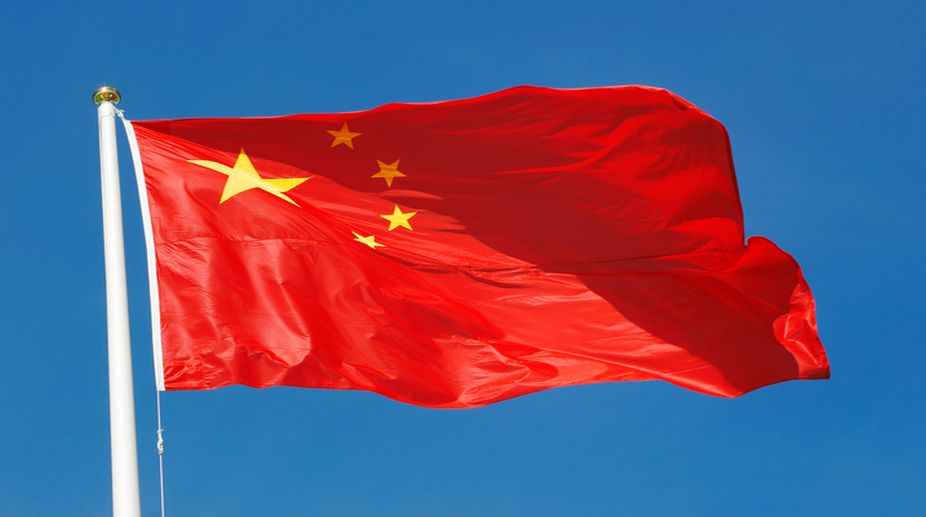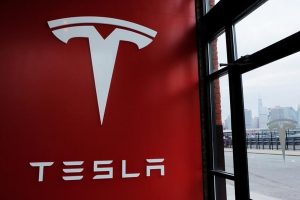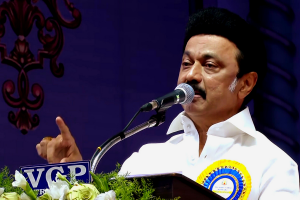Was it only 20 years ago that we were at the Convention Centre in Hong Kong celebrating the return of Hong Kong to China on 1 July 1997? The night before, in searing rain that disguised the tears of many colonials, we watched the last Governor Chris Pattern sail away from Victoria Harbour. The next day, as the impeccably whitegloved PLA soldier unfurled the Chinese National Flag to signal the creation of the Hong Kong Special Administrative Region, I recall thinking how Deng Xiaoping would have thought if he had been alive to witness this event. What did it mean to have “One Country, Two Systems” where Hong Kong residents could still “dance and race as before”, at least for fifty years?
Fast forward 20 years, after not one but two global financial crises, the world has changed beyond anyone’s imagination. Hong Kong is still rated as the most competitive and free economy in the world, at least by some measures, but there is little doubt that this standing is under threat, as many other nations and cities begin to overtake in the area of innovation and technological skills.
Advertisement
Economically, Hong Kong has prospered visibly, from US $177 billion GDP in 1997 to $319 billion, rising by 80 per cent, building on her strengths of superior infrastructure, free port and low-tax status, and her superior financial and logistic hubs. But over this period, China has grown spectacularly 11-fold from just under $1 trillion to $11.2 trillion in GDP, becoming the second largest national economy in the world and the world’s leading trading nation, with more trading partners than the US.
Financially, Hong Kong has done well, with the market capitalisation of the Hong Kong stock exchange rising 7.7 times to $3.2 trillion, but much of this was propelled by the listings of Chinese enterprises. Indeed, Red Chips and H share listings moved from 16 per cent of total main board market capitalisation in 1997 to 40 per cent this year, with the peak being over half in 2008.
In comparison, the Mainland stock market capitalisation which was one-half of Hong Kong’s in 1997, grew 34 times to reach $7.3 trillion in value. What is remarkable is that Shenzhen (from literal green rice fields only 40 years ago) has a stock market valuation at $3.2 trillion, reaching seventh position in the world, one rank above that of HKEx.
But these achievement were not all wine and roses.
What hindered Hong Kong from greater glories and its full potential were its toxic politics. It did not help that Hong Kong policies under her first Chief Executive were driven askew by the outbreak of the Asian Financial Crisis on 2 July 1997, when Thailand devalued the baht. It was the shock of recession, particularly in real estate prices that woke the Hong Kong middle class that when push came to shove, they were the ones footing the bill. They watched aghast when Hong Kong tycoons pressured the Hong Kong Administration to abandon the 85,000 housing policy that would deny over a million Hong Kong youth from ever thinking about owning an affordable home. Even if only 60 per cent of the target of building 85,000 affordable units was achieved, just over 1 million units would have been made available over the last two decades.
The supply side intervention had a temporary effect of making Hong Kong one of the most expensive real estate markets in the world, but the long-term implications on social and political stability became more apparent over time.
Denied the opportunity of realistically affording their own home, facing greater competition in the job market and not being able to afford start-ups because of high rents, Hong Kong’s youth turned towards the politics of protest and opposition to whatever the Administration wanted. Politics no longer became a search for compromise but one that was hardened towards more inward-looking localism.
The polarisation of society stalled reforms, making Hong Kong more and more inward looking, frustrating not only reform-minded civil servants, but also those who felt that Hong Kong was losing its international standing, a key comparative advantage that differentiated Hong Kong from her Mainland competitors.
Whilst the idealism of youth is to be admired, Hong Kong politics has always smacked of being “too simplistic, too naïve”, as one national leader remarked in some frustration. Even Lord Patten, on his last visit to Hong Kong, had to remind Hong Kong’s youth that politics must be pragmatic and realistic, seeking to achieve goals step by step, rather than asking for the impossible.
The global political landscape has changed profoundly, so much so that anyone who asks for the return of the good old days is dreaming in Trumpland. Who would have thought that a new US President would preside over the de-construction of the American neo-liberal order in less than 150 days in office? Who would have dreamt that Brexit may even reduce Great Britain to Little England? Localists who think that they will find sympathy in foreign lands would find that geo-politics has demonstrated that there are no permanent friends, only perfidious allies.
What of Hong Kong’s future? The reality is that with only thirty years left of the One Country, Two System promise, Hong Kong cannot remain the same as in 1997. If no consensus can be achieved well before 2047, then the Special Economic Region status will revert to that of any other city in China. And by that time, if Shenzhen and the rest of the Pearl River Delta grow at the current pace, Hong Kong would be a smaller cousin in the race of giants.
The Lion Rock spirit is all about those who built Hong Kong from a barren rock to one of the most vibrant cities in the world. It was never about relying on the state or the Mainland for help, just not to hinder. But what is hindering Hong Kong’s ascendance into the next three decades is the lack of a community social consensus. Unless that is built, and this is not just the responsibility of the next Chief Executive, the Lion Rock spirit will not be re-kindled.
The writer, a former Central banker, is Distinguished Fellow, Asia Global Institute, University of Hong Kong. This is a series of columns on global affairs written by top editors and columnists from members of the Asia News Network and published in newspapers and websites across the region.











